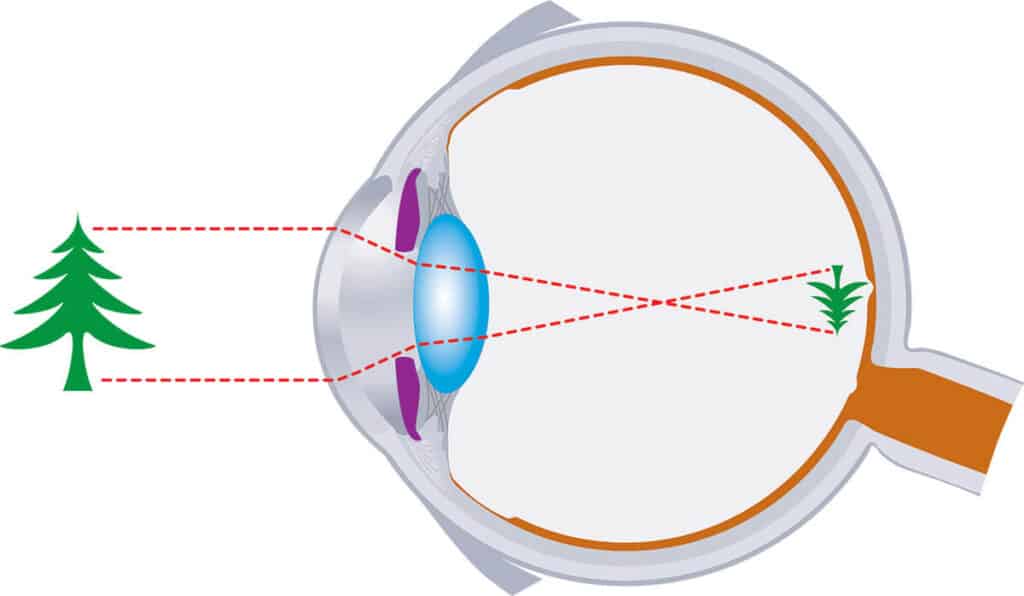Low Vision
Low vision impairment (not corrected with glasses, contact lenses, medicine, or surgery) interferes with the ability to perform everyday activities. Activities, such as reading the paper, shopping, cooking, and watching TV, become difficult and more challenging.
Age-related Macular Degeneration, Glaucoma, and Diabetes-related eye disease are just a few eye diseases that can lead to the need for a low vision evaluation. Whether it affects your overall vision, central vision, or side vision, there are devices and services that can assist you with your everyday activities and help you maintain your independence.
Central Vision
This is the detailed vision we use when we look directly at something. Macular degeneration (AMD) affects central vision. Diabetic retinopathy can affect central or peripheral vision.
Peripheral Vision
This is the less detailed vision we use to see everything around the edges. Glaucoma affects peripheral vision first. Strokes can affect one side of the peripheral vision.
Contrast Sensitivity
This is the ability to distinguish between objects of similar tones like milk in a white cup or to distinguish facial features. All eye problems can decrease contrast sensitivity.
Depth Perception
This is the ability to judge the position of objects. New vision loss in one eye can affect depth perception, such as the height of a step.
Visual Processing
The lens in our eye focuses light rays onto our retina. The retina converts these light rays into signals that are sent through the optic nerve to our brain, where they are interpreted as the images we see. A problem with any of these processes affects our vision in various ways.
Regular medical eye exams by an ophthalmologist are important to diagnose eye diseases, treat those conditions that can be helped, and start the process of vision rehabilitation for people with low vision.

